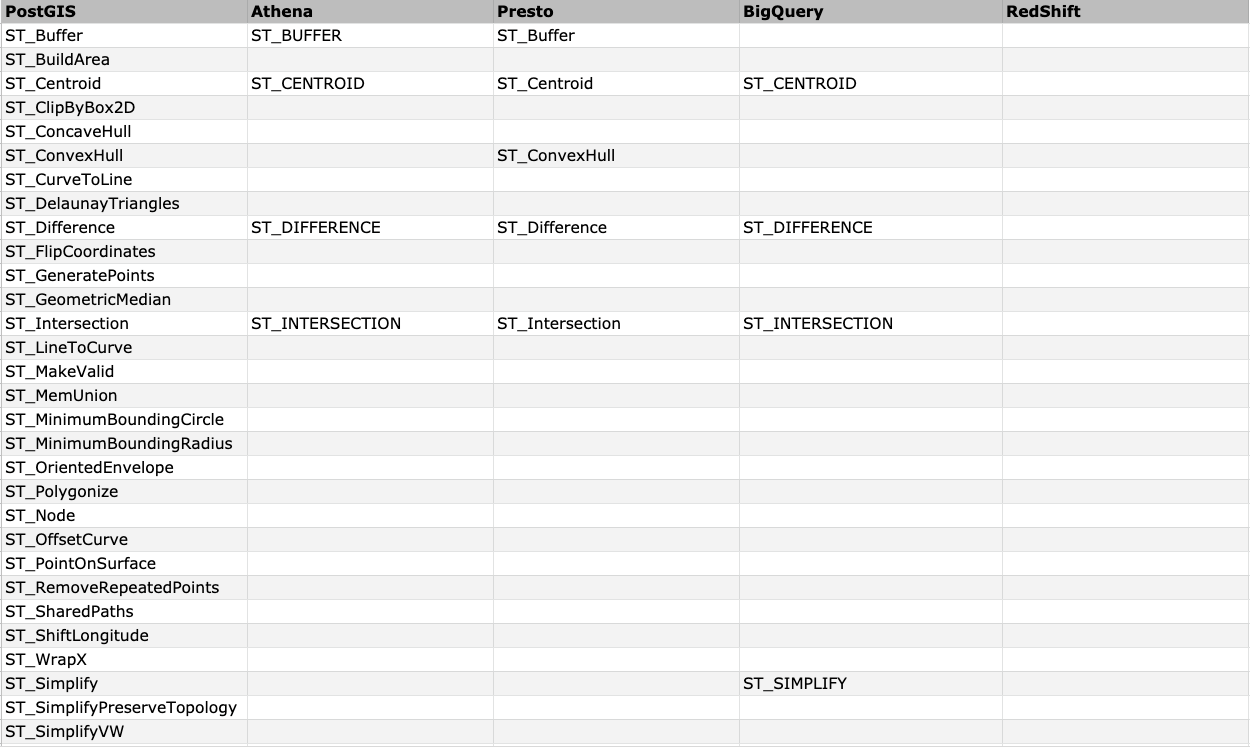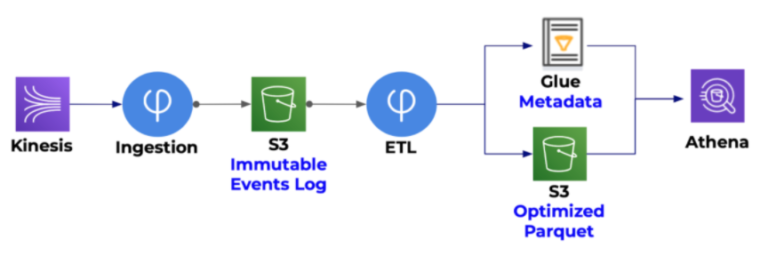
The raw data storage should be as cheap as possible since we need bulk loads of it in a data lake. Storage includes storage for raw data that has been ‘ingested’ into the data lake and storage for aggregated/analyzed outputs for analysis, training ML/AI models, etc. Primarily to construct a data lake, we require storage to store data, some compute required to process, aggregate, filter, query and cleanse data in a logical fashion. This evolution occurred from the explosion of cheap storage and computing power, the demand of more data across all organizational functions at the more granular level as well as the general explosion in volumes of data.


The key difference between warehouses and lakes is that data lakes store more data in the raw and unprocessed form rather than modify incoming data to minimize redundancy and have a single global schema for all data across the organization. What’s a data lake?ĭata lakes are a more modern evolution of the data warehouse concept. Hence having a data lake solution that can quickly integrate new data sources, store, cleanse and quality-check incoming data in a configurable manner can make the difference between smooth commercialization and chaos. As commercialization approaches and progresses, the chaos settles but the volumes of data and sources explode, with activity, sample requests, quick starts, patient assistance programmes all coming into play. In such organizations, the data environment is chaotic, with constant change occurring in commercial data options, ad hoc data purchases, supplementary indirect data, etc. I think it is good to try it when the amount of loading is not a few and the query is complicated and seems to use compute resources well.As data sources grow even early-stage, pre-commercialization healthcare organizations need to adopt data stores, lakes and warehouses to enable analysis of prescription, claims trends, estimate market sizes, develop go-to-market strategies and construct target lists. queryĪt least at this scale, Athena seems to outperform overall in terms of cost, but in some cases Redshift Serverless is faster and cheaper. It was even shorter when the Base RPU was increased, probably because the ratio of loading part was smaller than json.Ĭolumnar format Parquet structure and read optimization - sambaiz-netĮxecuted other queries with parquet. In parquet, the cost of Athena could be reduced by the amount of load reduction.įurthermore, the execution time was also significantly shortened, so the benefit of the cost reduction of Redshift Serverless was great. Since Athena is charged by the amount of load, the cost is increased not so much even if it takes long time, but Redshift Serverless is not. Most of the time may be spent on the loading part, which does not depend on compute resources. In json, Athena was faster and Redshift Serverless doesn’t get faster even if Base RPU was increased. However, the compute usage for each query of Redshift Serverless cannot be got, so adopted the approximate value of “Base RPU * run time”.

Where ss_sold_time_sk = time_dim.t_time_skĪnd ss_hdemo_sk = household_demographics.hd_demo_skĪnd time_dim.t_hour = 8 and time_dim.t_minute >= 30 and household_demographics.hd_dep_count = 5 and store.s_store_name = 'ese' order by count( *)Ĭosts were caclculated with the rate of ap-northeast-1.

Select /* TPC-DS query96.tpl 0.1 */ count( *)


 0 kommentar(er)
0 kommentar(er)
